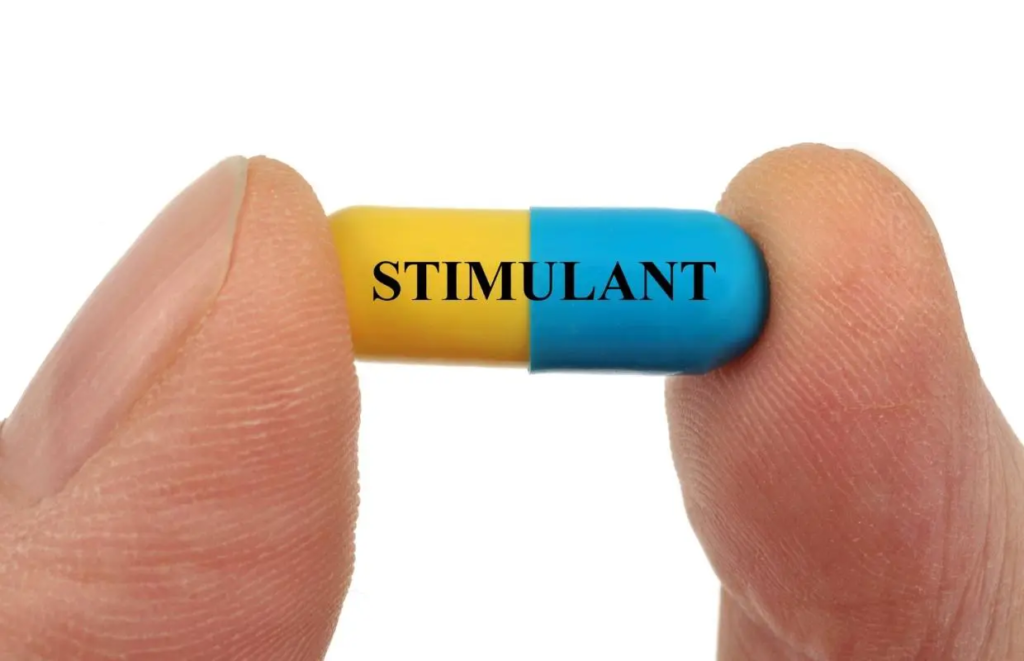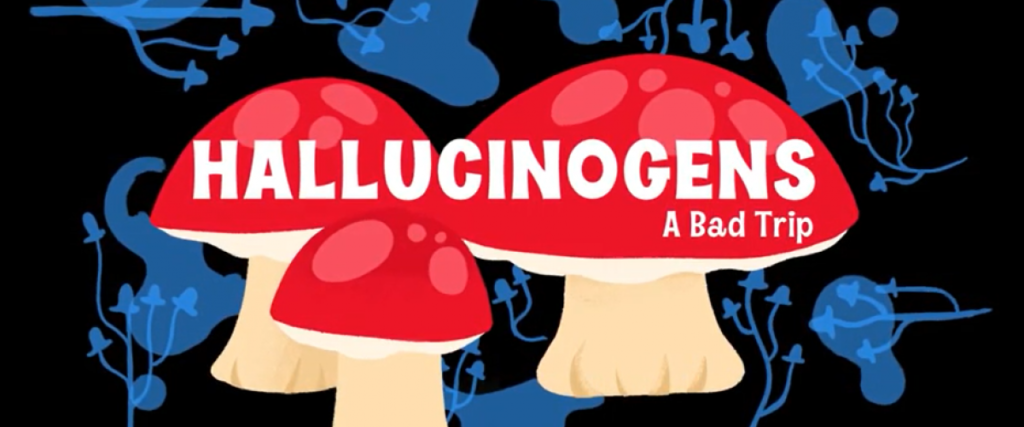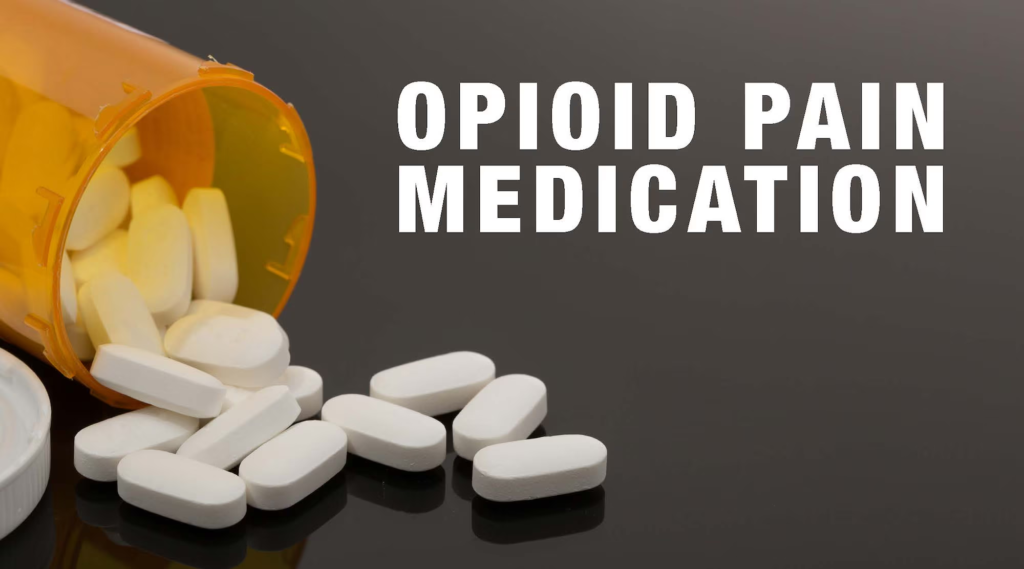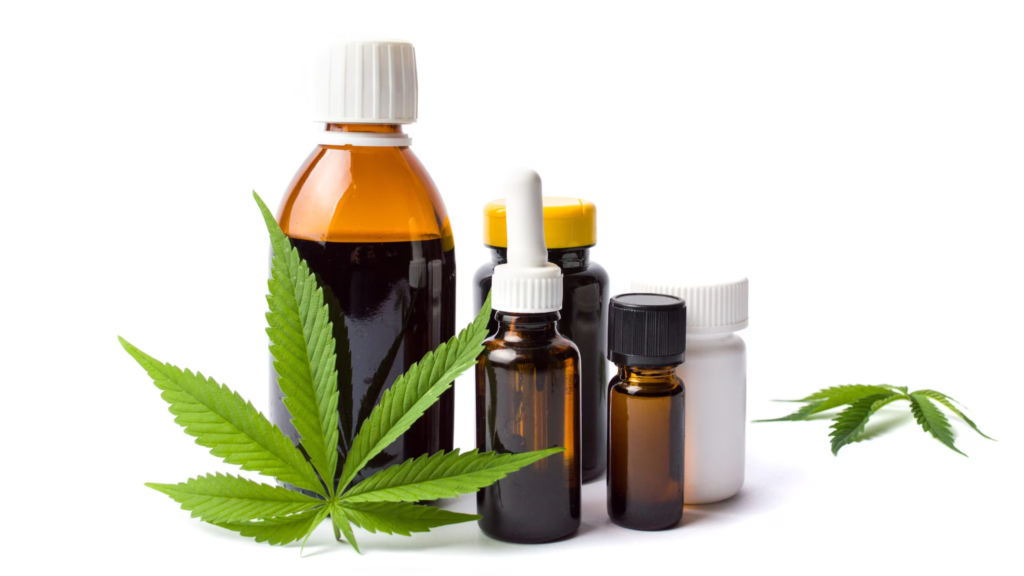Drugs can have a profound impact on the human body, influencing everything from your physical health to your mental state. Whether prescribed for medical purposes or used recreationally, different types of drugs interact with the body in unique ways, leading to a range of effects that can be both beneficial and harmful. This article explores how various categories of drugs affect your body and the potential risks associated with their use.

1. Stimulants: Revving Up the Body’s Engine
Common Examples: Cocaine, Methamphetamine, Adderall, Caffeine, Nicotine
How They Work: Stimulants increase the activity of the central nervous system, leading to enhanced alertness, energy, and focus. They achieve this by increasing the levels of certain neurotransmitters like dopamine and norepinephrine in the brain.
Effects on the Body:
- Short-Term: Increased heart rate, elevated blood pressure, enhanced mood, and decreased appetite. Users may feel more awake and energized.
- Long-Term: Prolonged use can lead to addiction, cardiovascular problems, anxiety, and paranoia. Chronic use of strong stimulants like methamphetamine can cause severe damage to the brain and heart, leading to cognitive deficits and heart disease.

2. Depressants: Slowing Down the System
Common Examples: Alcohol, Benzodiazepines (e.g., Valium, Xanax), Barbiturates, Opioids (e.g., Heroin, Morphine)
How They Work: Depressants slow down the activity of the central nervous system by enhancing the effect of the neurotransmitter gamma-aminobutyric acid (GABA). This leads to a calming effect on the body and mind.
Effects on the Body:
- Short-Term: Relaxation, reduced anxiety, lowered inhibitions, and drowsiness. High doses can lead to impaired motor function, slurred speech, and respiratory depression.
- Long-Term: Prolonged use can result in tolerance, dependence, and addiction. Chronic alcohol use, for example, can lead to liver damage, brain shrinkage, and cardiovascular disease. Benzodiazepines and barbiturates can cause severe withdrawal symptoms and increase the risk of overdose.

3. Hallucinogens: Altering Perception
Common Examples: LSD (Lysergic acid diethylamide), Psilocybin (Magic Mushrooms), DMT (Dimethyltryptamine), Mescaline, PCP (Phencyclidine)
How They Work: Hallucinogens primarily affect serotonin receptors in the brain, leading to altered perceptions, thoughts, and feelings. They can cause users to experience hallucinations, where they see, hear, or feel things that are not actually present.
Effects on the Body:
- Short-Term: Altered sensory perception, changes in thought processes, emotional swings, and spiritual experiences. Physical effects may include nausea, dizziness, and increased heart rate.
- Long-Term: Persistent use can lead to flashbacks or Hallucinogen Persisting Perception Disorder (HPPD). While most hallucinogens are not considered physically addictive, they can lead to psychological dependence and potential mental health issues.

4. Opioids: Powerful Pain Relief with Serious Risks
Common Examples: Heroin, Morphine, Oxycodone, Fentanyl, Codeine
How They Work: Opioids bind to specific receptors in the brain and body (mu-opioid receptors), blocking pain signals and releasing large amounts of dopamine, which creates feelings of euphoria and relaxation.
Effects on the Body:
- Short-Term: Pain relief, feelings of euphoria, drowsiness, and constipation. Respiratory depression is a significant risk with high doses, potentially leading to overdose.
- Long-Term: Opioids are highly addictive, and prolonged use can lead to tolerance, dependence, and severe withdrawal symptoms. Chronic use can also result in gastrointestinal issues, hormonal imbalances, and increased risk of infectious diseases (especially with intravenous drug use).

5. Cannabis: A Mixed Bag of Effects
Common Examples: Marijuana, Hashish, THC (Tetrahydrocannabinol), CBD (Cannabidiol)
How It Works: Cannabis interacts with the endocannabinoid system in the brain, particularly the CB1 and CB2 receptors. THC is the primary psychoactive compound in cannabis, while CBD is non-psychoactive and is often used for its medicinal properties.
Effects on the Body:
- Short-Term: Altered perception, euphoria, relaxation, increased appetite, and dry mouth. THC can also impair short-term memory and motor skills.
- Long-Term: Regular use of cannabis can lead to dependence, respiratory issues (especially if smoked), and cognitive impairments. However, CBD is increasingly used for its potential therapeutic benefits, including pain relief, anxiety reduction, and anti-inflammatory effects.

6. Inhalants: Dangerous Chemicals with Rapid Effects
Common Examples: Nitrous Oxide, Glue, Paint Thinners, Aerosols
How They Work: Inhalants are volatile substances that produce chemical vapors, which are inhaled to induce psychoactive effects. They rapidly enter the bloodstream through the lungs and affect the brain by disrupting the central nervous system.
Effects on the Body:
- Short-Term: Euphoria, dizziness, slurred speech, lack of coordination, and hallucinations. Inhalants can cause sudden sniffing death syndrome, where heart failure occurs after a single use.
- Long-Term: Chronic use can lead to severe brain damage, liver and kidney damage, and damage to the nervous system. Inhalants are particularly dangerous because of their high toxicity and potential for sudden death.

7. Club Drugs: The Party Perils
Common Examples: MDMA (Ecstasy), GHB (Gamma-Hydroxybutyrate), Ketamine, Rohypnol
How They Work: Club drugs often have stimulant, depressant, or hallucinogenic properties, depending on the substance. MDMA, for example, increases the release of serotonin, dopamine, and norepinephrine, leading to intense feelings of pleasure and emotional closeness.
Effects on the Body:
- Short-Term: Euphoria, increased sociability, heightened sensory perception, and reduced anxiety. However, these drugs can also cause dehydration, hyperthermia, and dangerous increases in heart rate and blood pressure.
- Long-Term: Prolonged use can lead to cognitive impairments, memory loss, and damage to serotonin-producing neurons in the brain. Some club drugs, like GHB and Rohypnol, are also associated with sexual assault due to their sedative effects.
The Risks and Responsibilities
Understanding how different drugs affect your body is crucial for making informed decisions about their use. While some drugs are prescribed for legitimate medical purposes, others are used recreationally and can have severe consequences on your health and well-being. It’s important to approach drug use with caution and awareness, recognizing the potential for addiction, physical harm, and mental health issues.
If you or someone you know is struggling with substance use, it’s vital to seek help from a healthcare professional or support group. The impact of drugs on the body can be profound, but with the right support and intervention, recovery is possible.
0 Comments